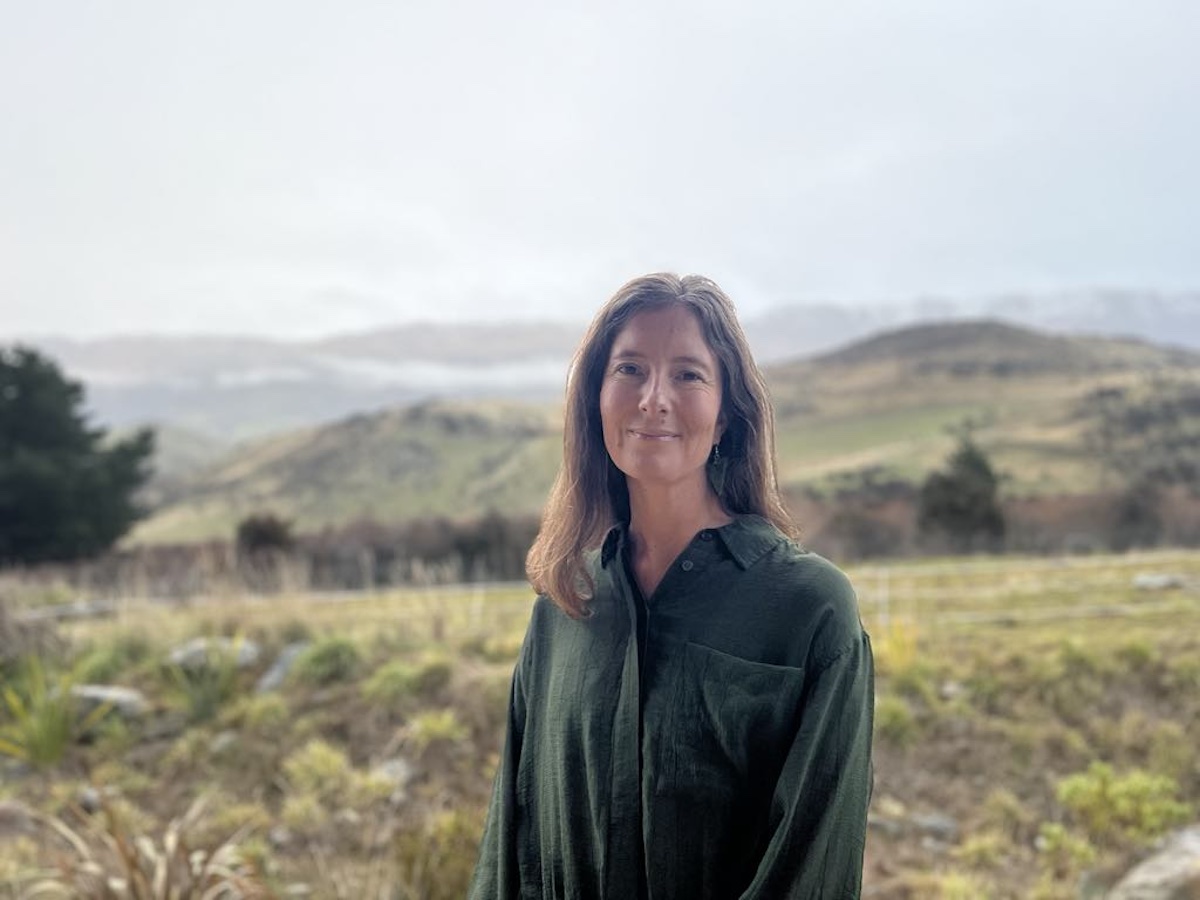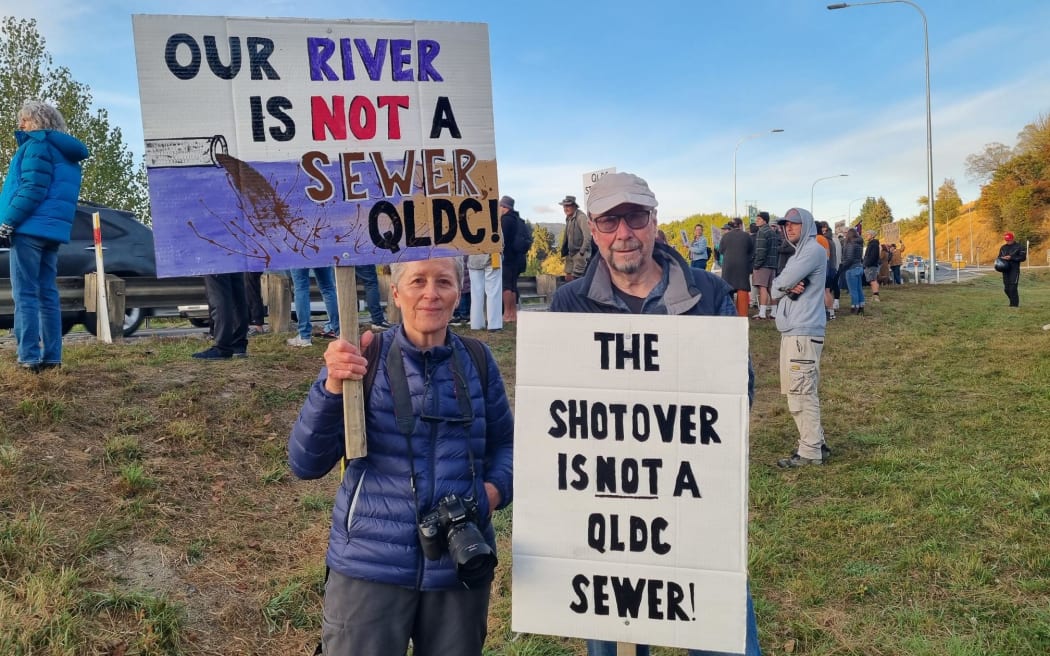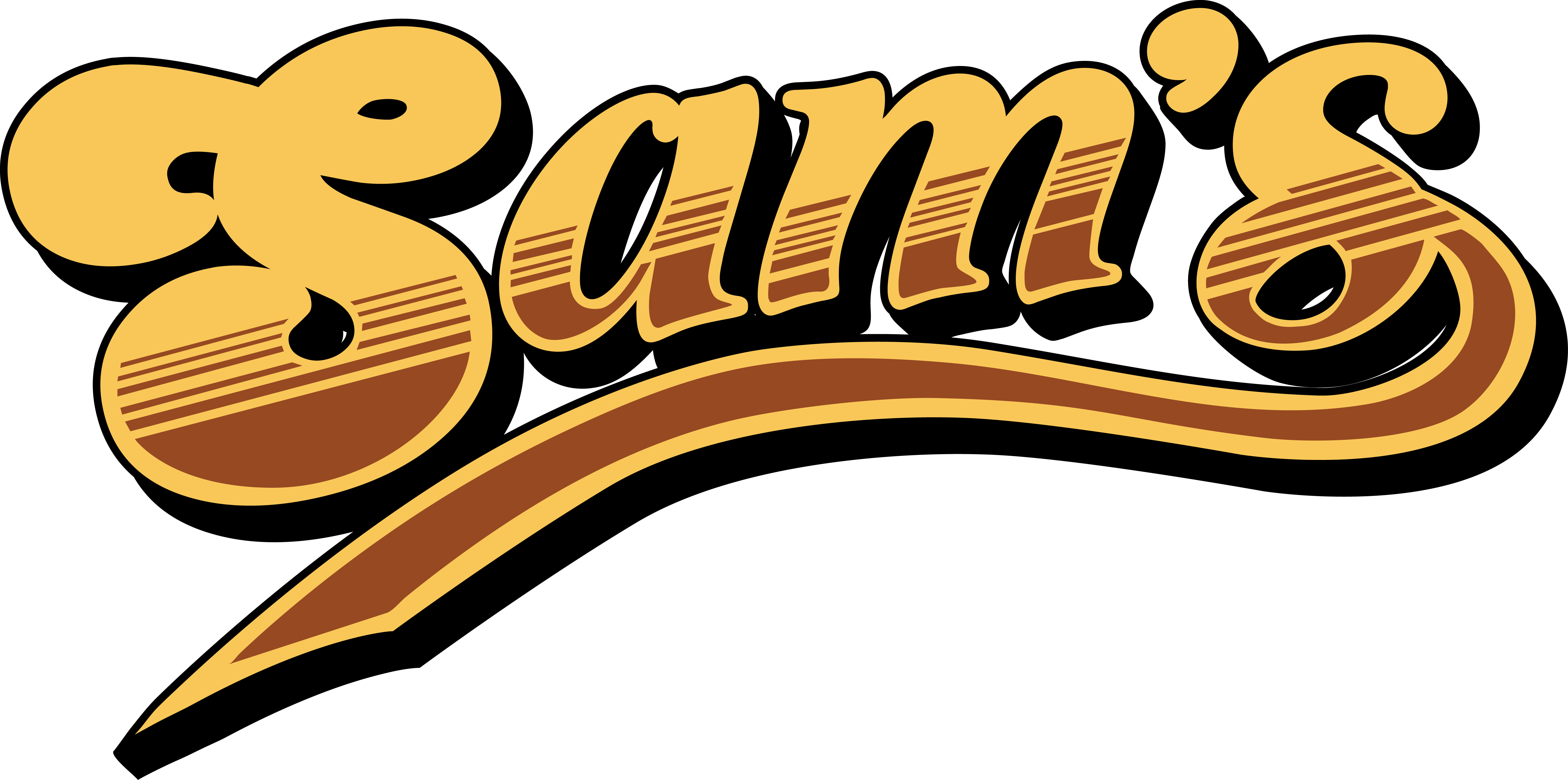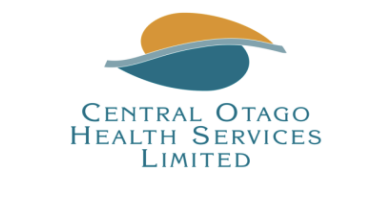Mayor defends rate hikes amid national scrutiny
Kim Bowden l The Central App
14 July 2025, 6:00 PM
 This district has had the tenth highest rates increases in the country over the past three years, according to the rates dashboard.
This district has had the tenth highest rates increases in the country over the past three years, according to the rates dashboard.Central Otago District Council (CODC) has recorded one of the highest cumulative rates increases in the country over the past three years, according to fresh figures released by the Taxpayers’ Union.
The 2025 Rates Dashboard, launched on Monday (July 14), showed Central Otago’s rates had risen 47.95 percent over the current council term, compared to the nationwide average of 34.4 percent – putting the district in tenth spot for highest rates increases over the period.
This year alone, Central Otago’s average rates increase was 12.47 percent, compared to the nationwide average of 8.39 percent, according to the dashboard.
Taxpayers’ Union local government campaigns manager Sam Warren said the dashboard’s numbers represented “real pain being felt by ratepayers”.
Sam described the average cumulative rates increase over the past three years as “astonishing” and “more than two and a half times inflation over the same period”.
But CODC mayor Tamah Alley said the dashboard’s figures don’t tell the full story.
“Last year, our 18.3 percent average rates rise was made up of over 80 percent ‘core’ services - predominantly water,” the mayor said.
“This year, some of our rates rise is driven by the Cromwell Memorial Hall opening next year, but this has been a community project nearly 20 years in the making.”
She cautioned against simplistic comparisons between councils, noting Central Otago serviced four main “towns” with multiple service centres, libraries, and pools - unlike many districts, where services were centralised in a single hub.
“It’s comparing apples with pears - they’re both fruit, but not the same,” Tamah said.
It was her view a Local Government New Zealand assessment process started by the council would provide more useful comparisons.
“Te Korowai (Councilmark)...will help our council to identify what we’re doing well, and where we can improve.
“We should always be striving for improvements and efficiencies in how we deliver the services our communities want. Many people think councils spend loads of money on ‘vanity projects’, but that is not often the reality.”
The Taxpayers’ Union had intensified its campaign for rates caps, pointing to reports of ratepayers being forced out of their homes due to the growing burden.
Sam said caps were in place in parts of the United Kingdom and Australia, and they were “urgently needed” here.
“Councils should be forced to keep rates under the level of inflation unless approved by local referenda,” he said.
Tamah acknowledged the financial stress felt by many residents, particularly older people on fixed incomes.
“People in Central Otago are facing increased prices in groceries, insurance, power and rates,” she said.
“We have families who are short every week. We know times are tough for people and council needs to be accountable and efficient with our spending.”
She noted the council’s existing support for those on low incomes, including rates rebates and remission policies for those facing hardship, particularly “asset rich but cash poor” pensioners.
CODC had also opened up new residential land through Plan Change 19 to help address housing affordability and supply, she said.
On the question of capping rates, Tamah was cautious, describing the policy as more complex than it sounded, with “some devils hidden in the details”.
“The government is proposing a rates cap on non-core services, but they haven’t defined as yet what those core services are,” she said.
“We anticipate services such as water, rubbish and roading would be considered ‘core’, but what about swimming pools and libraries, which aren’t provided by private businesses?
“People like the idea of a ‘rates cap’ as they think this will mean their rates would only rise by three to four percent each year. This is not the reality of the proposed system.
“For example, you might have an eight percent rise in core services, plus a three percent ‘non-core’ cap, which would equal an 11 percent increase.”
She also pointed to the example of New South Wales, where councils could apply for exemptions to a cap - North Sydney Council, for instance, sought to raise rates by 87 percent this year.
“This indicates the scale of just how far behind councils are getting with providing the services communities expect.”
However, the mayor remained committed to keeping the conversation going about the kind of community the district wanted to build - and how to fairly pay for it.
“I made a video on rates capping last week. It’s up on my Facebook and YouTube pages.
“Transparancy is key - we need to get better at condensing the thousands of pages that make up our Annual Plans, Long Term Plans and Annual Reports, to be easily accessible for people to get their heads around.”
As part of efforts to ease the burden on ratepayers, CODC was also looking at ways to diversify revenue, including a land investment strategy for Cromwell and exploring additional funding avenues through the proposed regional deal with central government, she said.
Have a story to share or comment to make? Contact [email protected]
NEWS
WHAT'S ON






